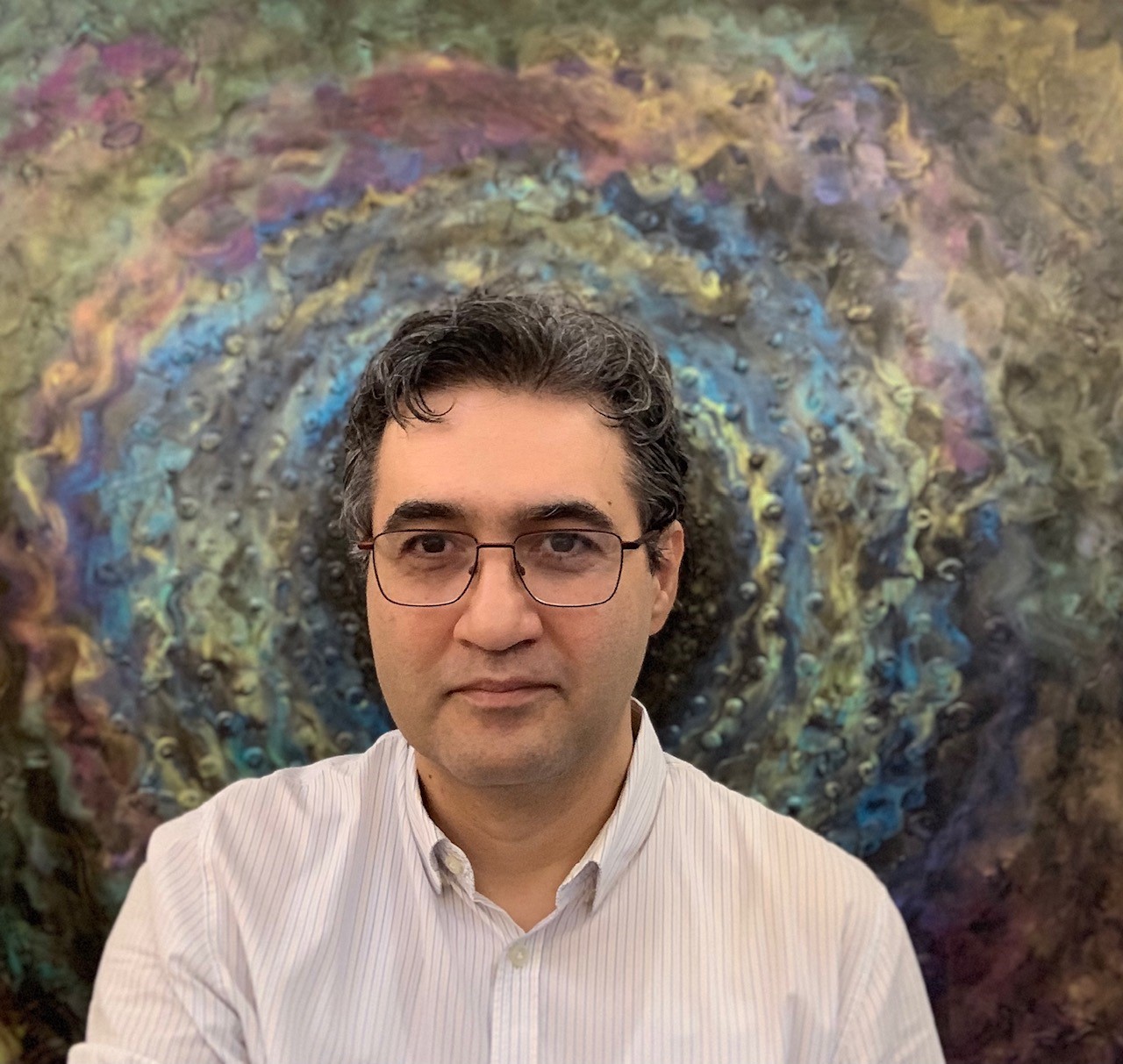Iranian Authors: is there a new voice being created?
Although translation plays an important role in Iranian book market, the local authors are very significant among the Persian readership. Contemporary classics such as Sadeq Hedayat (although completely forbidden since the Ahmadinezhad administration), Mahmood Dolatabadi, Sadeq Choobak, Hooshang Golshiri and the others are read with huge popularity among Iranians. The new generation of Iranian authors, not widely translated yet, are facing the dilemma of reconciling the creative process and the censorship, which seems almost impossible and has resulted in a lot of cheap literature, but in a few cases – by the laws of Necessity is the mother of invention and Practice makes perfect – has resulted in the creation of new voices and styles – especially by female authors – whichseems to be most appealing to the readers.I sometimes refer to this new trend in Persian Literature as “return to the source”, as itseems to me that the Iranian authors are returning to the world wide known tradition of storytelling of their ancestors, Rumi, Firdowsy and Khayam and the authors of 1001 nights,more being said with less words, believing that what you see is not what you get, and creating huge intratextuality and mysteries. Authors like Shahrnoosh Parsipoor, Mohammad-Reza Kateb, and Mohammad Mohammad-Ali and some others are the highlights.
Perhaps we have to make a bridge, the publishers from many parts of the world can learn from us how to survive, despite all the problems that may seem coming out of a book by George Orwell, far away from the problems of bestsellers and profits. We can learn some business from them.
This is why I always fly to Frankfurt in October.


